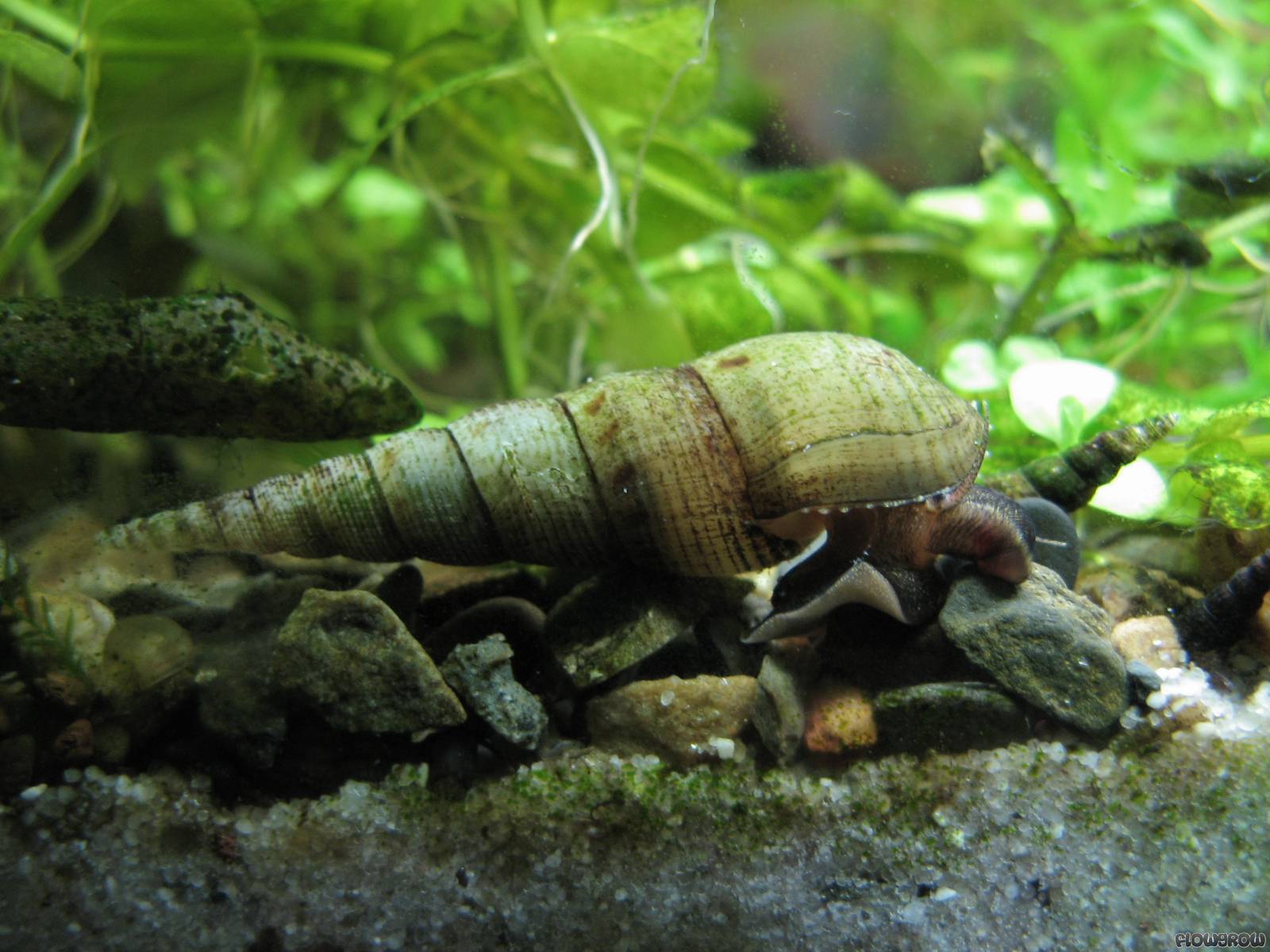Humanely Rehoming or Euthanizing Aquarium Snails
Aquarium snails can be a valuable addition to a well-balanced tank. They act as algae eaters, detritivores (consuming decaying organic matter), and can even help to aerate the substrate. However, some snail species can reproduce rapidly, leading to an unwanted population boom. In such cases, responsible aquarium owners are faced with a dilemma: how to humanely get rid of excess snails.
This blog post explores two main options: rehoming and euthanasia. We’ll discuss the various methods for each approach, while keeping the well-being of the snails at the forefront. Additionally, we’ll delve into the fascinating anatomy of aquatic snails to understand their sensitivity and the importance of humane practices.
Considering Rehoming: A Sustainable Approach

Rehoming unwanted snails is the preferred option for many aquarists. This allows the snails to continue their beneficial roles in another tank, while reducing their numbers in your own. Here are some ways to successfully rehome your snails:
- Online Aquarium Communities: Many online aquarium forums and social media groups have sections dedicated to rehoming unwanted fish and invertebrates. Post a clear picture of your snails and any specific requirements they might have, and connect with fellow hobbyists who can offer them a new home.
- Local Fish Stores: Some pet stores that specialize in aquatics may be willing to take your snails, particularly if they are a desirable species for their customers. Call ahead to inquire about their policy on accepting unwanted aquarium life.
- Swaps and Auctions: Attend local aquarium swaps or online auctions specifically for aquatic life. This can be a great opportunity to find a new home for your snails while potentially acquiring new additions for your own tank.
Important Considerations for Rehoming:
- Species Identification: Knowing the exact species of your snails is crucial. Some species are considered beneficial algae eaters, while others can be prolific plant destroyers. Be honest about the type of snail you’re rehoming to ensure they are a good fit for the recipient’s tank.
- Health of the Snails: Only rehome healthy snails. Snails with cracked shells, lethargy, or other signs of illness should not be introduced into a new tank, as they could spread disease to other inhabitants.
- Quarantine Period: If you’re unsure of the health history of your snails, consider quarantining them for a few weeks before rehoming. This will help identify any potential health problems before they can be introduced to another tank.
Exploring the Anatomy of Aquatic Snails

Understanding the basic anatomy of aquatic snails is key to appreciating their sensitivity and the importance of humane euthanasia methods. Here’s a simplified breakdown:
- Shell: The most obvious feature is the hard, protective shell made of calcium carbonate. It offers shelter and protection from predators.
- Foot: This muscular organ on the underside allows the snail to move and attach itself to surfaces. It contains sensory organs that help the snail navigate its environment.
- Mantle: This fleshy layer surrounds the snail’s body and secretes the shell.
- Visceral Mass: This internal compartment houses the digestive, reproductive, and excretory organs.
- Head: This anterior portion contains the mouth, tentacles (which act as feelers and taste buds), and eyes.
While the nervous system of aquatic snails is relatively simple compared to vertebrates, they do exhibit a response to stimuli, indicating some level of sentience. This is why humane methods for euthanasia are crucial.
How to Humanely Kill Aquarium Snails (if Rehoming Isn’t an Option)

If rehoming isn’t feasible, humane euthanasia may be necessary. Here are a few methods considered the most humane by experienced aquarists:
1. Freezing: This method involves placing the snails in a container with tank water and slowly freezing it. The gradual decrease in temperature is thought to be a less stressful way to induce unconsciousness and death.
- Procedure: Place the snails in a small container with some tank water. Seal the container and place it in a freezer set to its lowest temperature. Leave it undisturbed for at least 24 hours to ensure complete freezing.
2. Clove Oil: Clove oil acts as a sedative, causing the snails to lose consciousness and eventually die peacefully.
- Procedure: In a separate container, mix a few drops of clove oil with tank water. The exact amount can vary depending on the container size and snail species. Start with a small amount and observe the effect. Once the snails become inactive, leave them in the solution for at least 15 minutes to ensure death.

